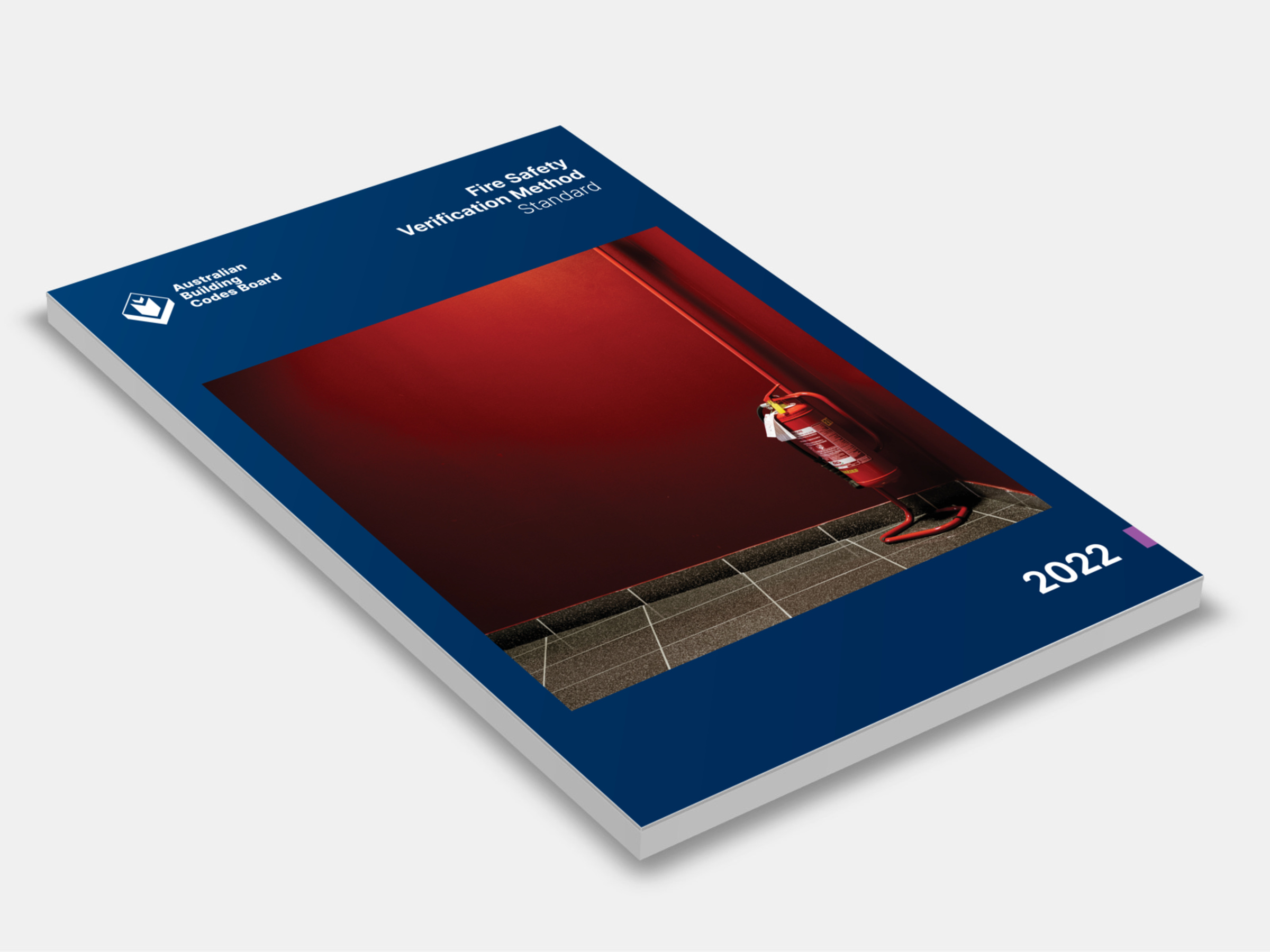
Type
Publisher
Australian Building Codes Board
Publisher
Australian Building Codes Board
Version:
2022.
(Latest)
Short Description
Provides a process for engineering the design of fire safety Performance Solutions. The document provides the flexibility required to develop Performance Solutions while still maintaining the level of safety required by the NCC.
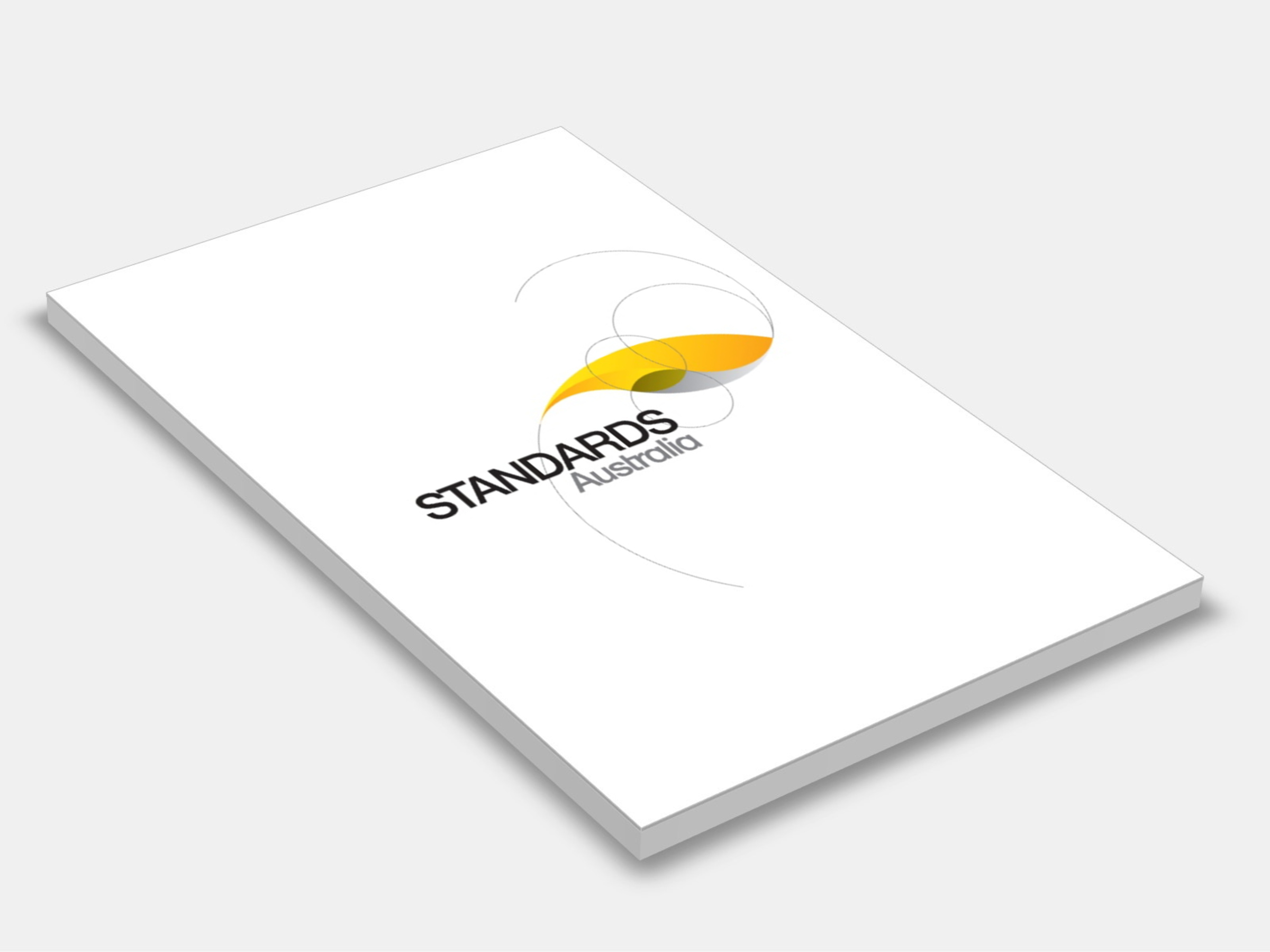
Type
Publisher
Standards Australia
Publisher
Standards Australia
Version:
Third Edition 2006.
(Current)
Short Description
Specifies minimum requirements for the materials, design, fabrication, testing, inspection, reports and pre-commissioning of piping subject to internal or external pressure.
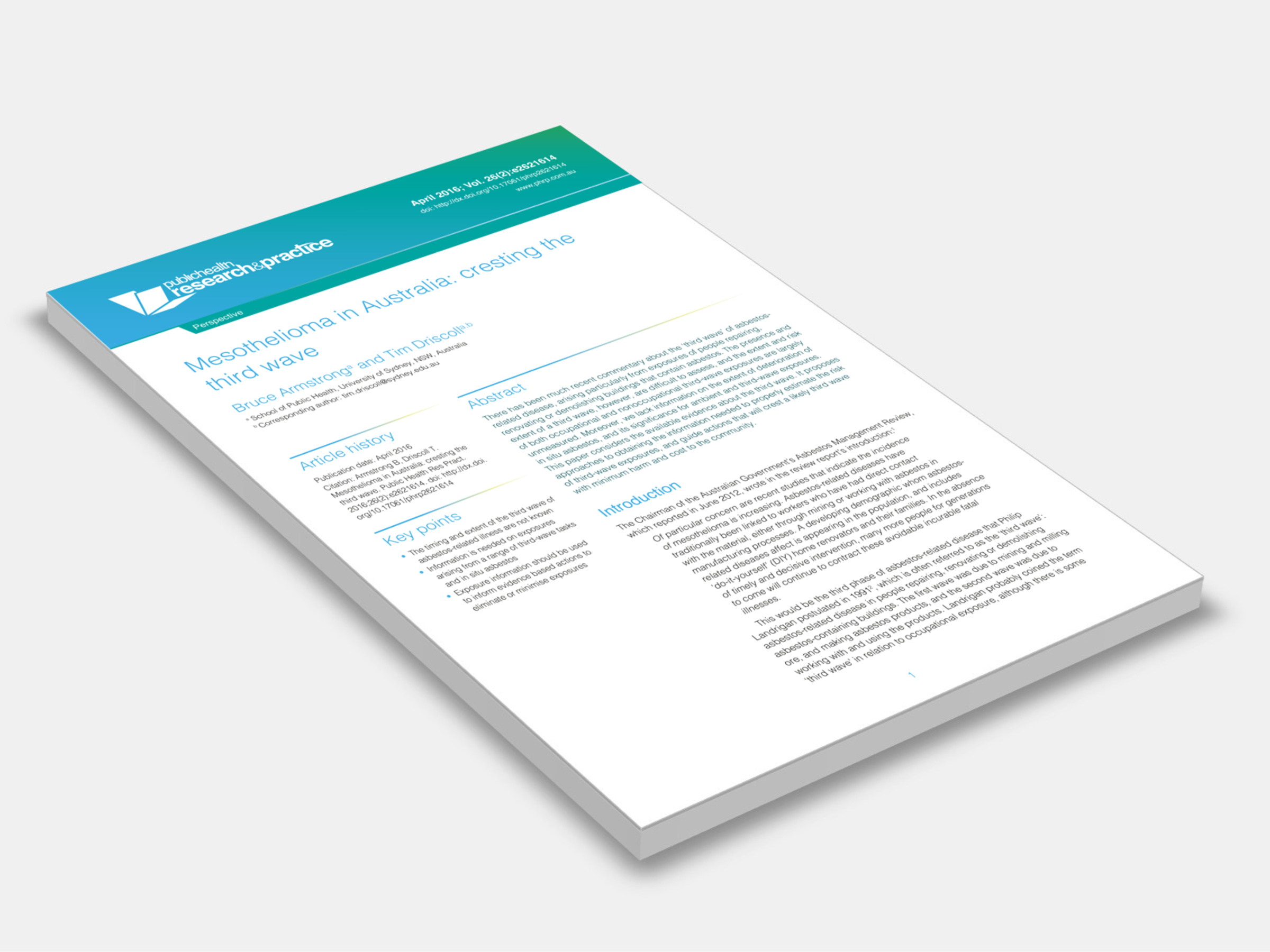
Type
Version:
2016.
(Current)
Short Description
Proposes approaches to obtaining the information needed to properly estimate the risk of third-wave asbestos exposures, and guide actions that will crest a likely third-wave with minimum harm and cost to the community.
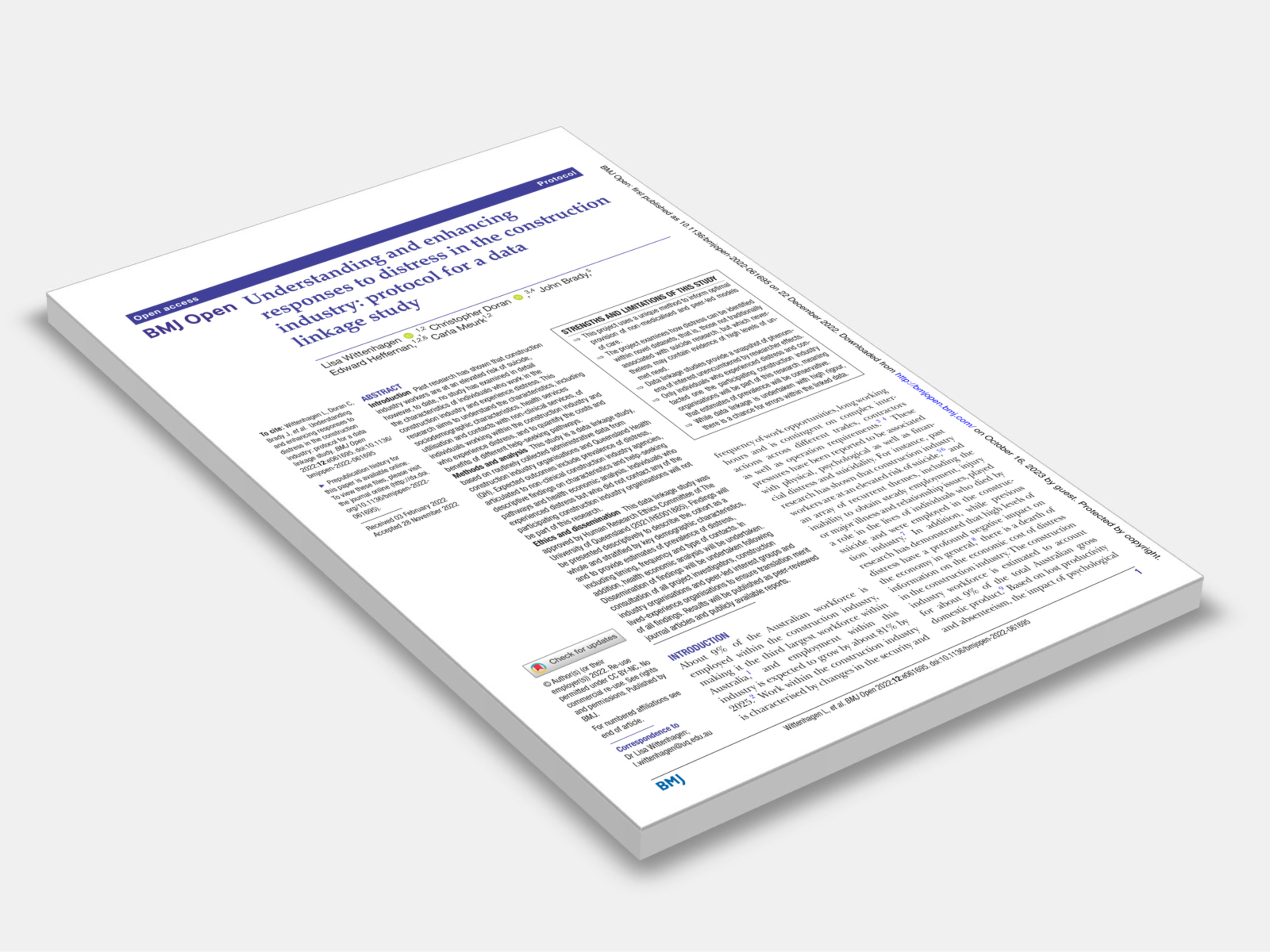
Type
Version:
2022.
(Current)
Short Description
This research aims to understand the characteristics, including sociodemographic characteristics, health services utilisation and contacts with non-clinical services, of individuals working within the construction industry and who experience distress, and to quantify the costs and benefits of different help-seeking pathways.
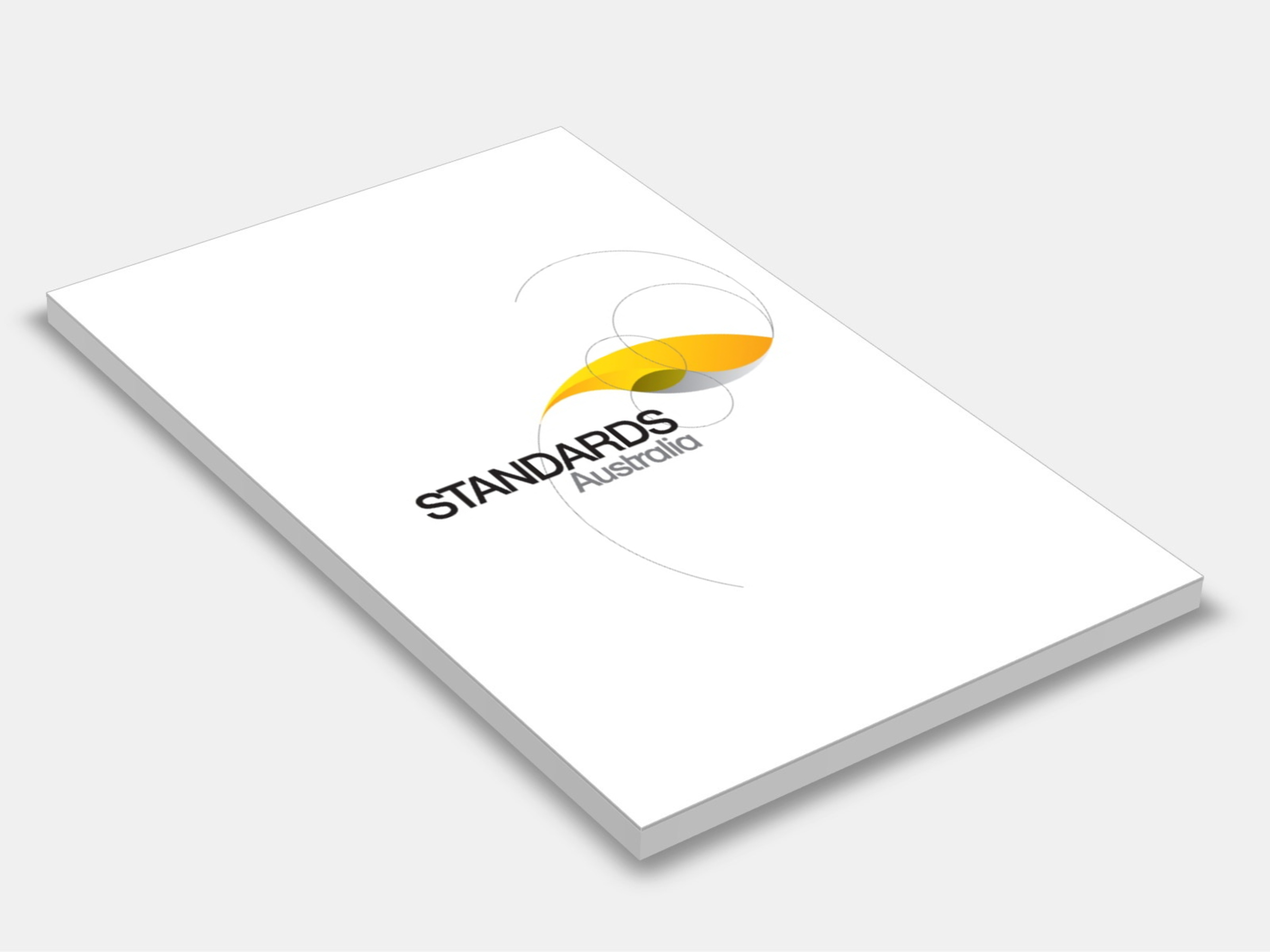
Type
Publisher
Standards Australia
Publisher
Standards Australia
Version:
Second Edition 2019.
(Current)
Short Description
The objective of this Standard is to specify essential requirements and basic standards for the delivery of Type A gas appliance servicing, repair, testing and conversion from one gas type to another.
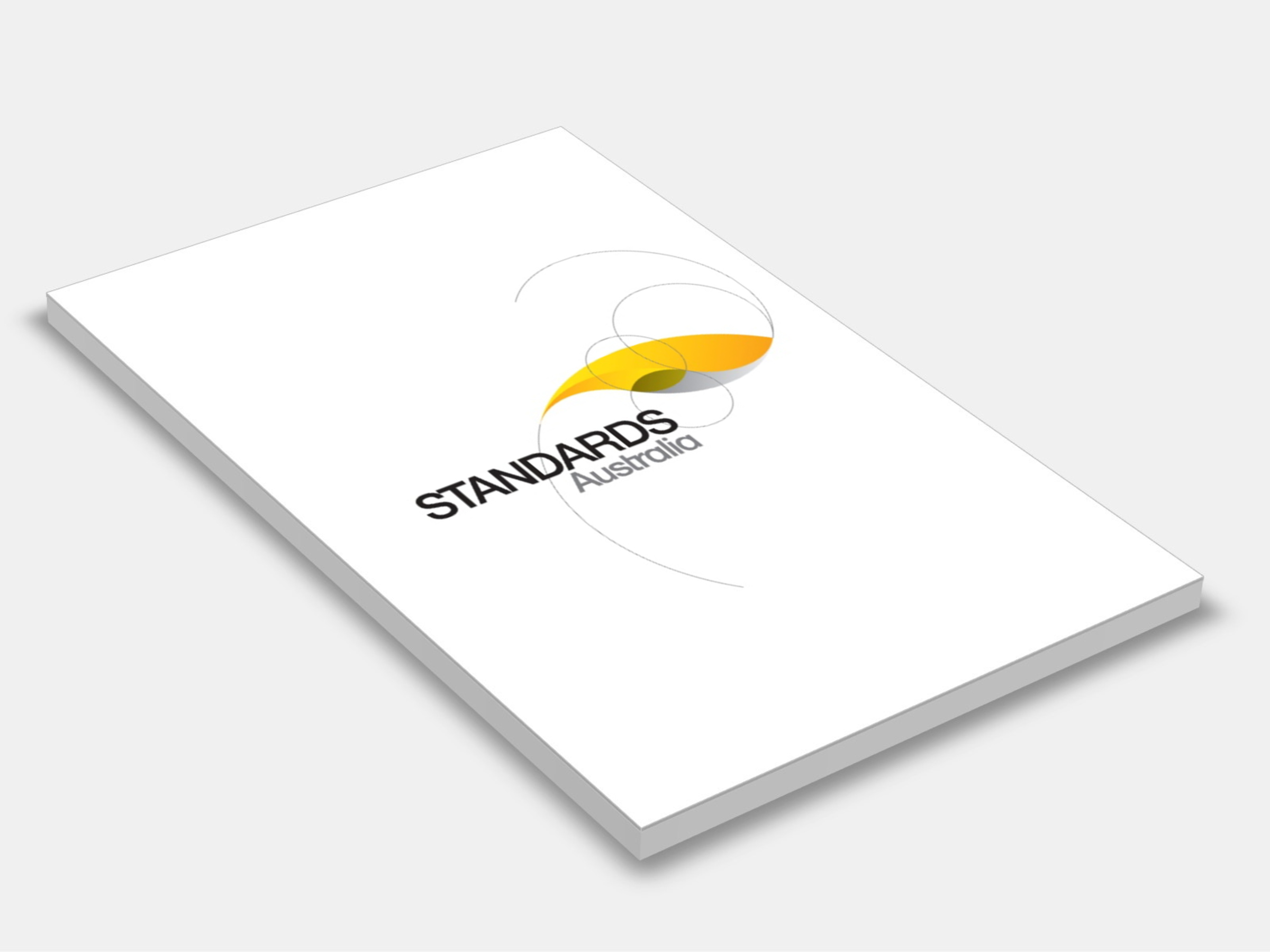
Type
Publisher
Standards Australia/Standards New Zealand
Publisher
Standards Australia/Standards New Zealand
Version:
First Edition 2004.
(Pending Revision)
Short Description
Provides a method whereby the frequency dependent values of airborne sound insulation of building elements and in building can be converted into a single number characterizing the acoustical performance; this Standard is identical with and reproduced from ISO 717-1:1996.
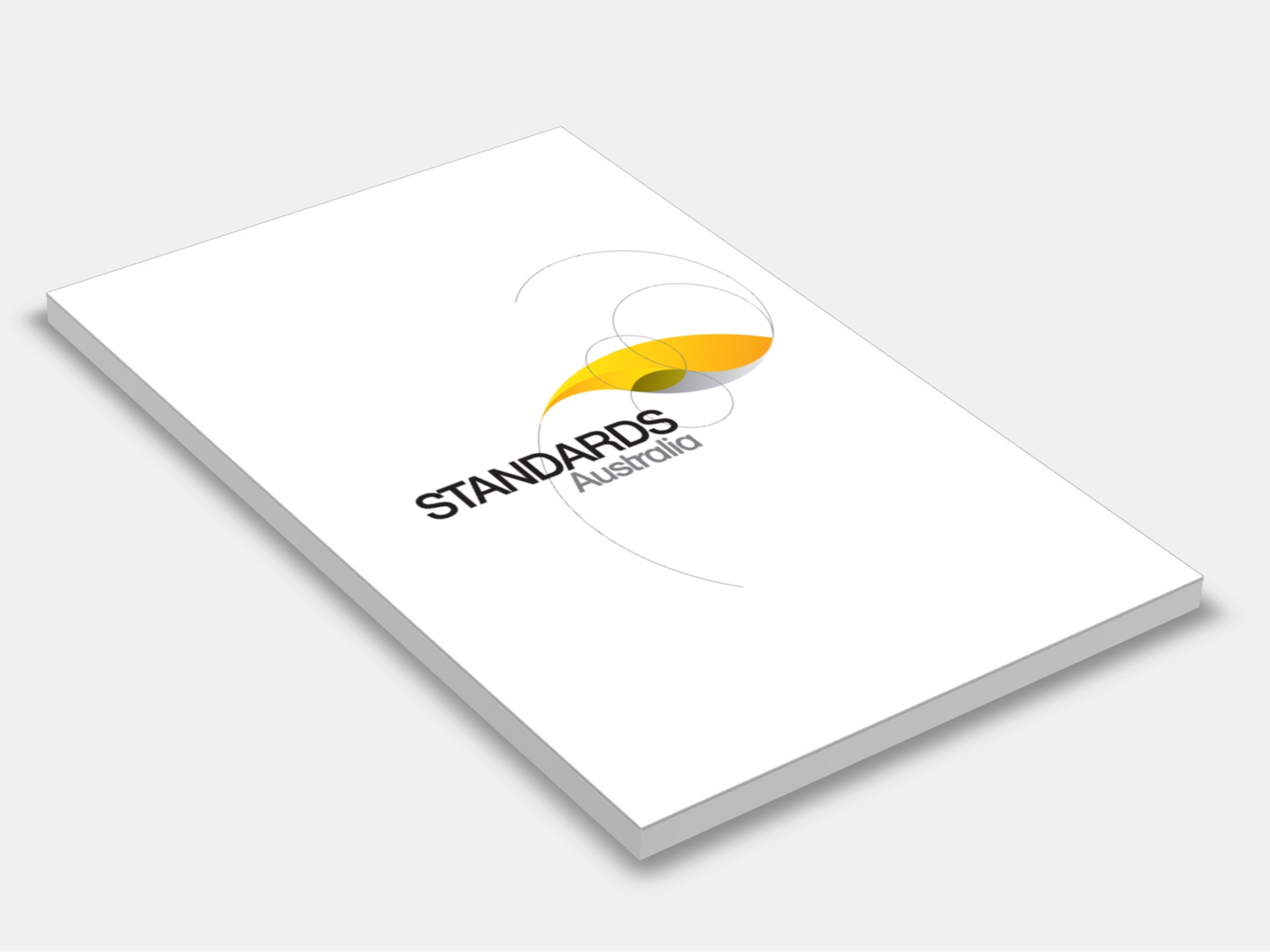
Type
Publisher
Standards Australia/Standards New Zealand
Publisher
Standards Australia/Standards New Zealand
Version:
Second Edition 2016.
(Current)
Short Description
Recommends design criteria for conditions affecting the acoustic environment within building interiors to ensure a healthy, comfortable and productive environment for the occupants and the users.
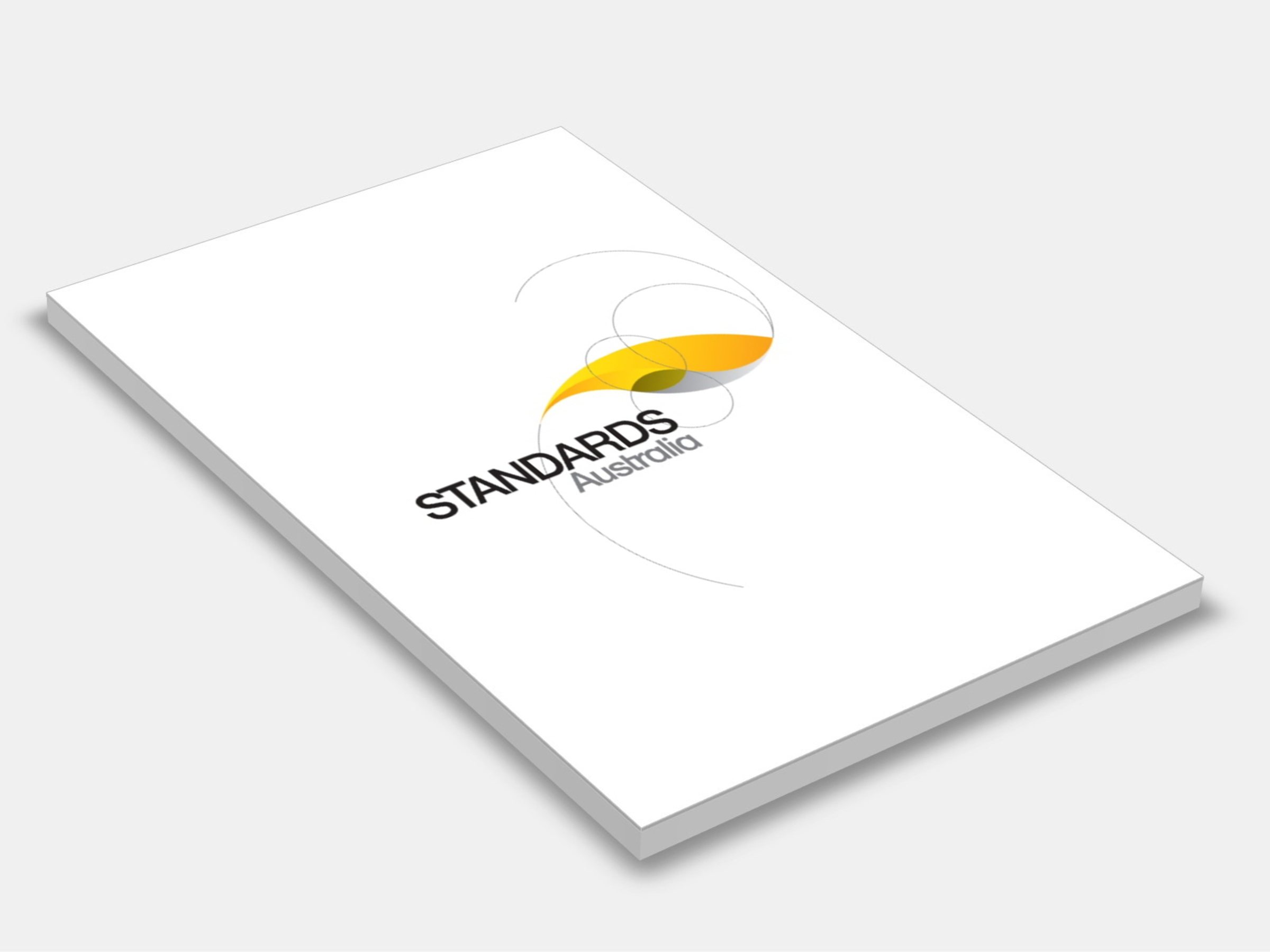
Type
Publisher
Standards Australia
Publisher
Standards Australia
Version:
First Edition 2004.
(Pending Revision)
Short Description
Defines and provides methods for determining single number quantities for the impact sound insulation in buildings; this Standard is identical with and reproduced from ISO 717-2:1996.
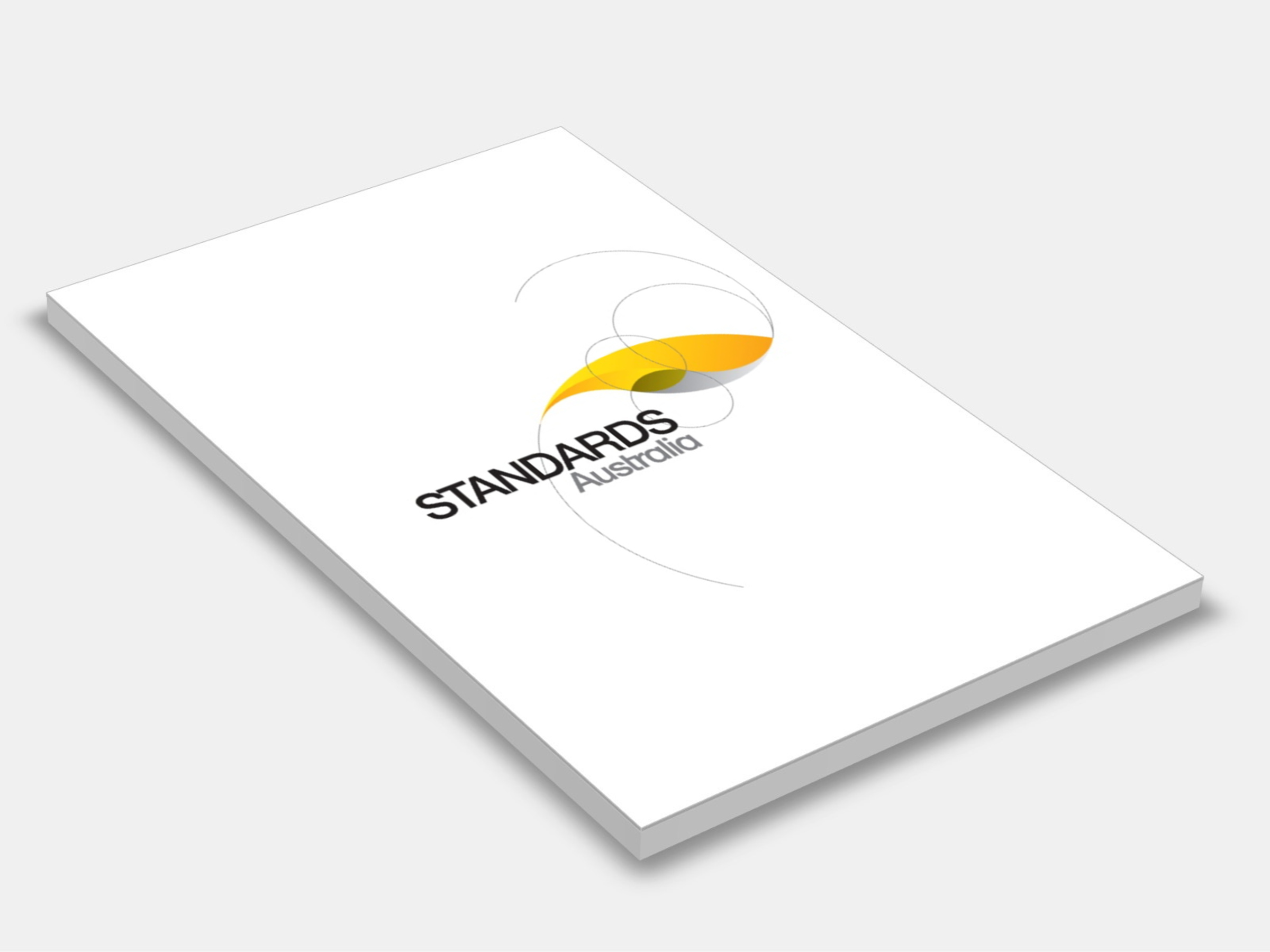
Type
Publisher
Standards Australia
Publisher
Standards Australia
Version:
Third Edition 2002.
(Current)
Short Description
Provides a method for the measurement of airborne sound reduction index to building partitions such as walls, floor/ceiling assemblies, doors, windows and other space dividing elements.
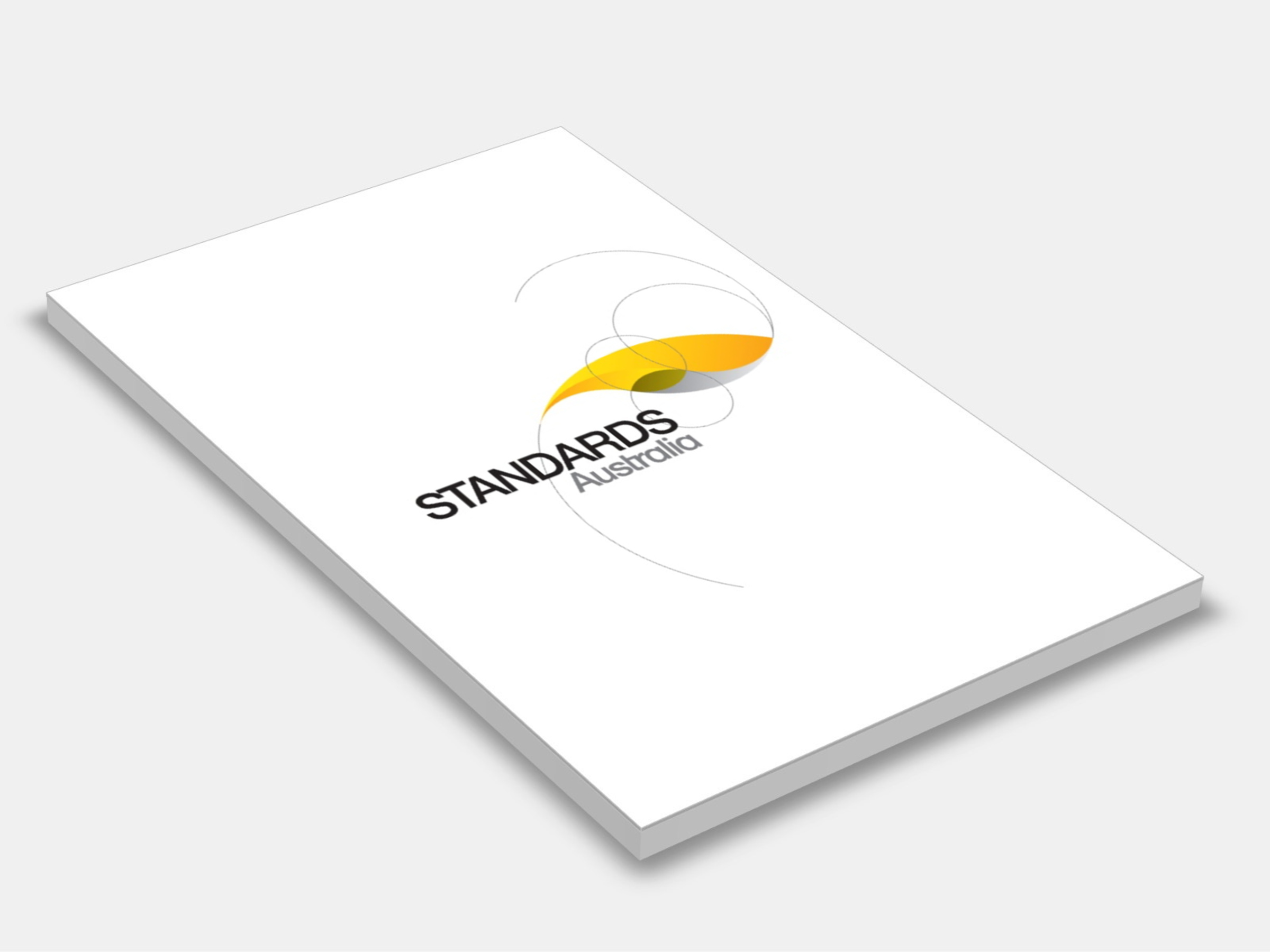
Type
Publisher
Standards Australia/Standards New Zealand
Publisher
Standards Australia/Standards New Zealand
Version:
First Edition 2022.
(Current)
Short Description
AS/NZS IEC 60079.10.1:2022 adopts IEC 60079 10 1:2020, which specify requirements for the classification of areas where flammable gas or vapour hazards may arise and may then be used as a basis to support the proper design, construction, operation and maintenance of equipment for use in hazardous areas.